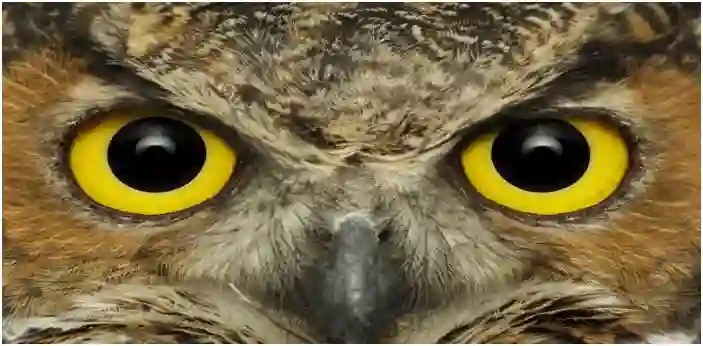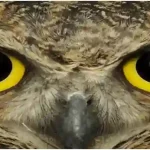Did you know? Animals see the world very differently than we do. Let’s check out some interesting facts about how animal vision differs from human vision. 1.) Dogs Our most loyal friend can’t even actually see most of the colors of this beautiful world. A dog’s vision is restricted to the color tone that involves browns, yellows and blues. They have a fantastic night vision, but it lacks many colors. Though they see a different spectrum of colors than humans, dogs do have the ability to perceive colors. They have only two types of color-sensing cells in their eyes (humans have three), dogs see mostly yellow, blue and gray tones 2.) Fish Goldfish the most common household pets have surprisingly good vision. Goldfish can see the same spectrum of colors that we can, plus ultraviolet light. They have no eyelids, so goldfish are very sensitive to changes from darkness to brightness. Dolphins can move each eye independently and can process two different images at once. Dolphins can see in underwater & they can also see in the air. Their environment has lots of predators and they need to come to surface to breathe air, dolphins sleep with one eye open. This allows half of their brain to sleep while the other half stays alert. 3.) Cats The vision of cat is a lot more similar to the vision of a dog. They are also bound to see the color tone with browns, yellows and blues, and their side view is blurry. Their eyes are designed for hunting and are adept at detecting small, quick movements of potential prey.Cats also have terrific night vision — their oval-shaped pupils can widen and narrow very quickly to control how much light comes into their eyes. Next time your cat is about to pounce on a toy, watch his pupils enlarge to make sure he doesn’t miss a single movement. 4.) Horses Their eyeballs are set on the sides of their heads, due to this horses have an amazingly wide field of vision — nearly 360 degrees. Having so much peripheral vision lets them spot potential predators that are stalking them.However, horses have a “blind spot” right in front of their faces. Their other blind spot is behind their tail, which is why horses are easily spooked if you approach them quietly from behind. 5.) Birds Our flying friends are capable of seeing colors that we can only imagine about. Birds also don’t see the world like we do, but they actually see the world in a more refined way as they have access to the vision of UV (ultraviolet) lights and colors.





